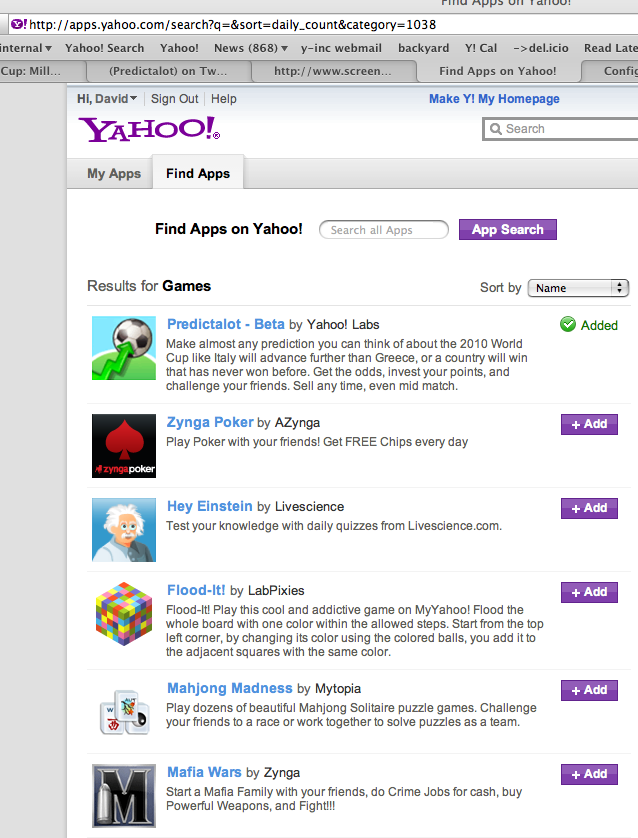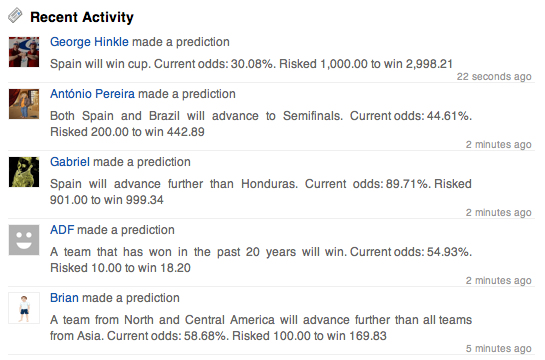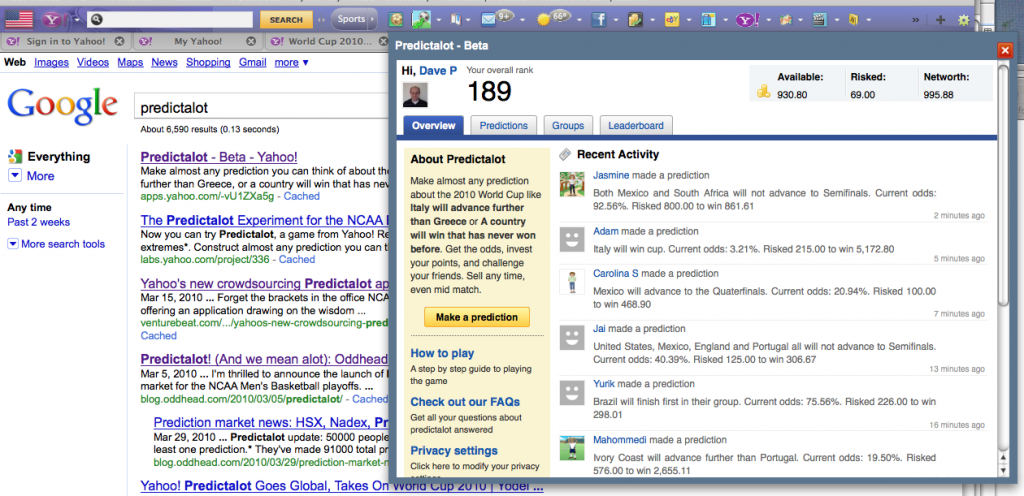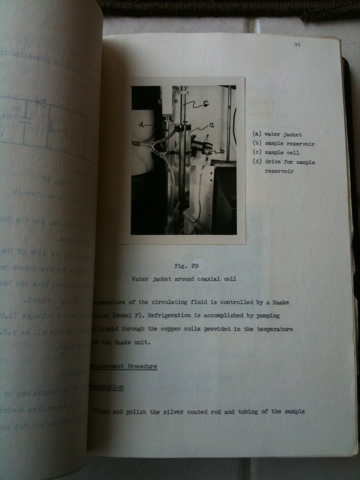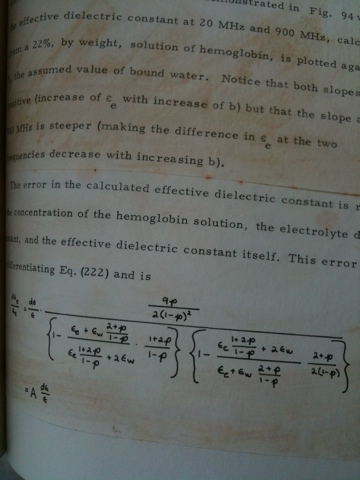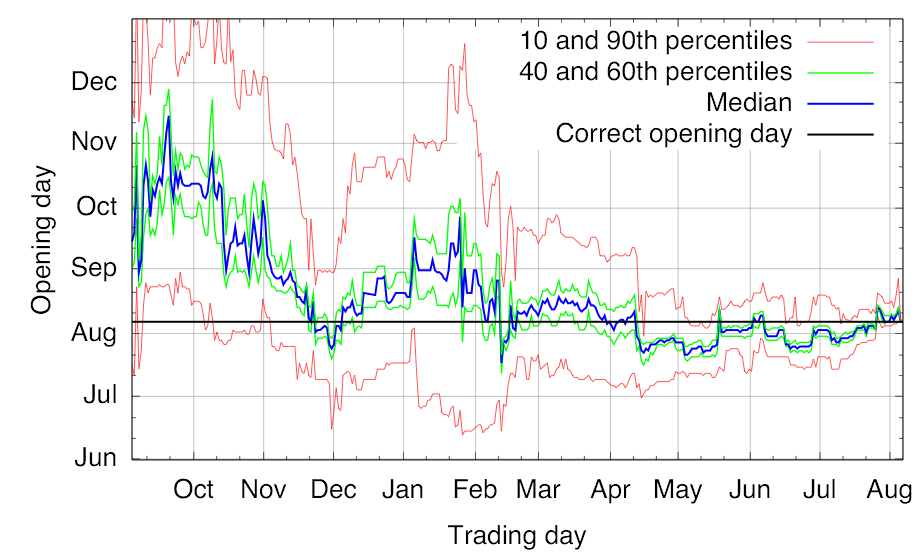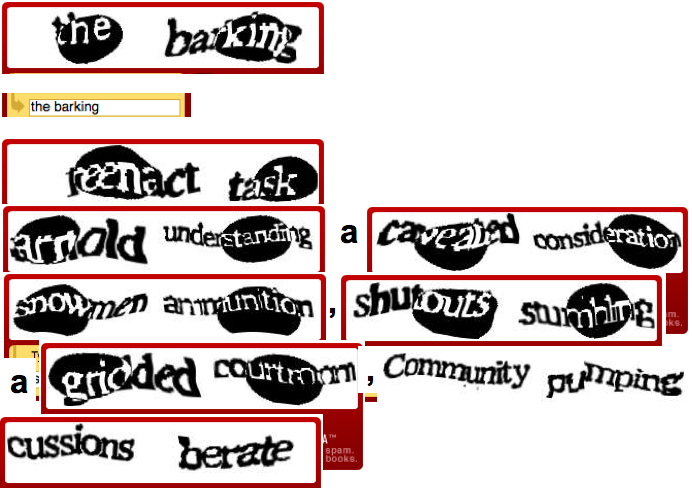Has anyone heard of the following trick, which might be called housing arbitrage?
Buy one house at the beach and a second house near a ski resort. You live in the beach house in the winter and the ski resort in the summer. You rent out the beach house in the summer and the ski resort in the winter.* Can your earnings (rental revenue minus mortgage costs) be enough to live on?
Why it could work: the cost of each house will be roughly proportional to the average annual rental income in that location. If you didn’t live in the properties at all, you should roughly break even (income = mortgage payments). But you are living in each location during the time when rent is essentially free (not contributing to the average) so you have no housing costs. If you find good enough deals (or put money down, or have some small income like freelance writing, etc.) your income may exceed your mortgage enough to live on.
What’s the minimum you could get started with on this strategy? Probably a minimum income to live comfortably as a starting point would be $70K before taxes: see justification below. Assume you can make about 5% of a home’s value in rental income: this seems feasible. Then you need $1.4 million invested in real estate (say two $700K houses) with no mortgage (completely paid). Suppose you can also borrow at 5%. Then if you put 50% down on two $1.4 million properties ($2.8 million total), your effective mortgage rate is 2.5% and your “spread” is 2.5%, so you again earn $70K, but now you have two twice as nice houses (but more risk, need to qualify for loan, etc.). Now here is some magic. Suppose you find an incredible deal (say, in a down real estate market) and you can earn 10% in rental income. You can borrow at 5% and only want to put 20% down, still a respectable portion that the bank may be willing to go for. You buy two $600K homes ($1.2 million total) needing only $240K in cash. Now your rental revenue is $120K and your mortgage payments are $48K, so your net income is, viola, $72K!
Didn’t I forget about taxes and insurance? No, I’m just assuming these can be covered by your $70K income. I did forget about health insurance, though: that could threaten the strategy, at least in the United States. You can can hope that the new health care law helps, or keep an enjoyable day job, or purchase insurance out of the $70K.
You might say $70K pretax is not enough to live the lifestyle you want. But remember, you effectively have no housing costs, and this is just meant as a starting point. This is your “muse” as Tim Ferriss calls it: a steady reliable income that is your buffer. You still should pursue freelance ideas or business ideas that you are passionate about, and one of those just might hit it big. This just gives you freedom to pursue other ideas on your own. Hopefully even at $70K you can save some money to purchase additional properties and increase your income. Note that once your mortgage is paid off, your income will go up.
One nice thing about this strategy, and real estate investments in general, is that they are naturally inflation adjusted: rental rates should go up if inflation goes up.
This really only seems practical for people without kids in school. Although I suppose if your kids went to school in the beach location it might work. You’d only spend 2.5 months in the ski resort.
Certainly there are downsides: constantly moving, living in off-season tourist towns, living in properties that are rented half the year, dealing with renters, risk of loss or default, and managing the business headaches.
If housing arbitrage could really work, why aren’t more people doing it? Maybe it requires too much capital and maybe my math is wildly optimistic. Probably it’s no more than a fun mental exercise. I’m sure it’s been thought of. I can’t find it on a cursory web search but it seems hard to articulate to a search engine. If enough people started doing it, by definition house prices would go up to eliminate the arbitrage.
__________
* Maybe take a week or two in the summer at the beach and the winter at the ski house.

